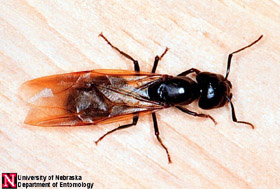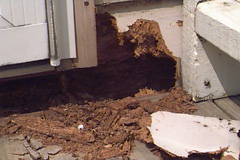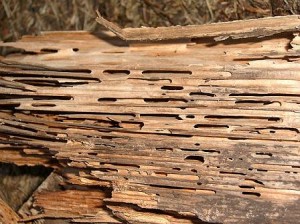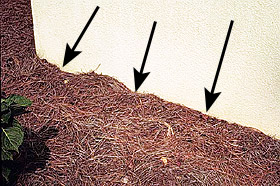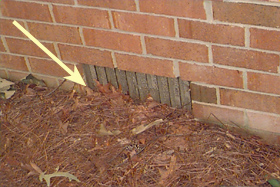MN Pest Control | Carpenter Ants
It is time to start thinking about those pests who always seem to show their faces as spring arrives and stay all summer. They are creepy and crawly and they are would love nothing more than to get INTO your home! We’re talking about ants!
Ants, like bees, and some wasps, are social insects. They are called social because they form communities and all work together towards the maintenance of the nest.
In the spring, carpenter ants swarm, i.e., winged adults emerge from the colony. The swarmer’s sole purpose is reproduction. Shortly after mating, the female (queen) loses her wings and searches out a cavity in wood or soil where she begins to lay eggs and produce her colony’s first workers. These workers care for the queen as she produces more offspring, and they assume the tasks of foraging for food, maintaining and expanding the nest, and caring for the young.
After 3-6 years, the colony will contain 2000-3000 workers, and will start to produce swarmers. The swarmers are actually produced in the fall, but they wait until the following spring to emerge. Swarming is not the only means for carpenter ants to produce new nests. “Satellite” colonies may be formed by workers that move out of the main nest, carrying larvae and pupae with them. Eventually, these secondary colonies produce their own reproductives.
How Do I Know If I Have Carpenter Ants?
Carpenter Ants are the largest and the most damaging of all the insects in Minnesota. With over ten thousand different species of ants, they are highly adaptable creatures that are extremely difficult to control once they have infested an area. Considered pests around the home due to their tendency to feed on and contaminate human food, create ugly mounds in lawns and infest and cause damage to structures.
Carpenter Ant Invasion Points
Basically, they will get in any way they can. Yikes! It’s no wonder they seem to continuously invade your home or business no matter what you try!
Carpenter ants are attracted to areas where wood is moist or constantly exposed to rain or leaks, such as near doors, windows, roofs, etc. Carpenter ants prefer wood with a moisture content of 15% or higher, so the problem is often associated withmoisture.
The ants often invade homes through cracks and crevices in the foundation masonry, around windows and doors, through foundation, as well as heating/AC vents. They may travel along tree limbs or shrubs that touch the siding and roof, gaining access to attic areas. Telephone, electric and cable TV lines also provide ready means of entering the home.
In addition to nesting in moist wood, such as a wood pile outside of your home or decaying trees or stumps, they can be found inside buildings from such places as around bathtubs and behind dishwashers to under roofs, in some types of insulation and in attics.
Carpenter Ants make many satellite nests in addition to the main nest which the queen resides in. In addition to the satellite nests, the main nest must be exterminated, along with the queen, in order to ensure all Carpenter Ants are gone and will remain gone. For this reason, it is extremely important to seek professional help to rid your home of these pests.
A thorough inspection of a home and yard can reveal potential infestation problems and possible solutions for the infestation. It is also important to seek out any moisture problems in the home. Check for condensation problems and leaks and have them repairedas quickly as possible. That will prevent them from coming back!
If you think you may have a Carpenter Ant problem, call a Minnesota Pest Control Expert today for a free consultation. They will diagnose the problem and begin immediately with treatments.
Please visit our website for the next installment in the “Carpenter Ant” series.

